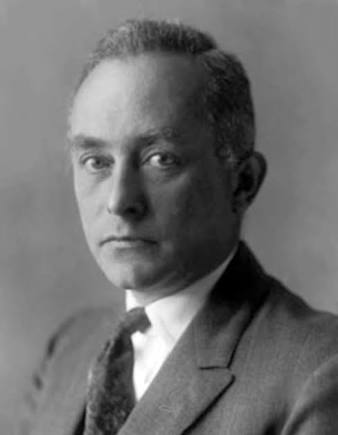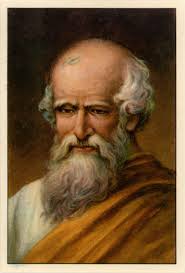since it is the start of the year I think it is time for a new topic.
If you haven’t read the title already this topic is on Neuroscience and what I have learnt about it.

This week I shall be doing the post on Learning and memory.
It might be rather obvious to you but memories are very important, they are central to our individuality and work as a way of learning from our mistakes. new memories are dependent on Synaptic Plasticity (which I will describe in full in the next post).
The organisation of memory
There is no single brain area to which all the information we ever learn is shuttled for storage. Working memory holds information in your mind for a short time in an active conscious state. The much larger, more passive storehouse of information is called long term memory.
Working memory
The capacity of short term memory only allows you to remember 7(give or take 2) items, this is probably why phone numbers are around 7 characters long.
You may have noticed that when you are trying to remember something short term, you tend to say it to yourself over and over in your head. This is because there are two memory stores called the phonological store and a silent rehearsal loop. There is also a visual sketchbook (yes that is what it’s called) used to hold onto images of objects for a short period of time.
Working memory is located in the frontal and parietal lobes.

Long term memory
Long term memory is sub-divided into different systems that do very different things. Put simple, Information enters sensory systems and then pass down pathways that provide increasingly specialised processing.
There is another memory system closely related to Long term memory, this system is called semantic memory. Semantic memory is pretty much all the random facts you know. We know that mount Everest is the tallest mountain in the world because of Semantic memory.
Learning!
You might be very surprised about this (sarcasm), but memory is very important for learning or Plasticity. Through memory, we acquire skills and emotional feelings about things. Pretty self explanatory. Plasticity is simply the refining and re-wiring of the brain, not in full but neuron by neuron. The memory process in plasticity is called imprinting. It’s exactly like what it sounds.


 max born was a German born scientist world famous for his studies on subatomic particles.
max born was a German born scientist world famous for his studies on subatomic particles.




